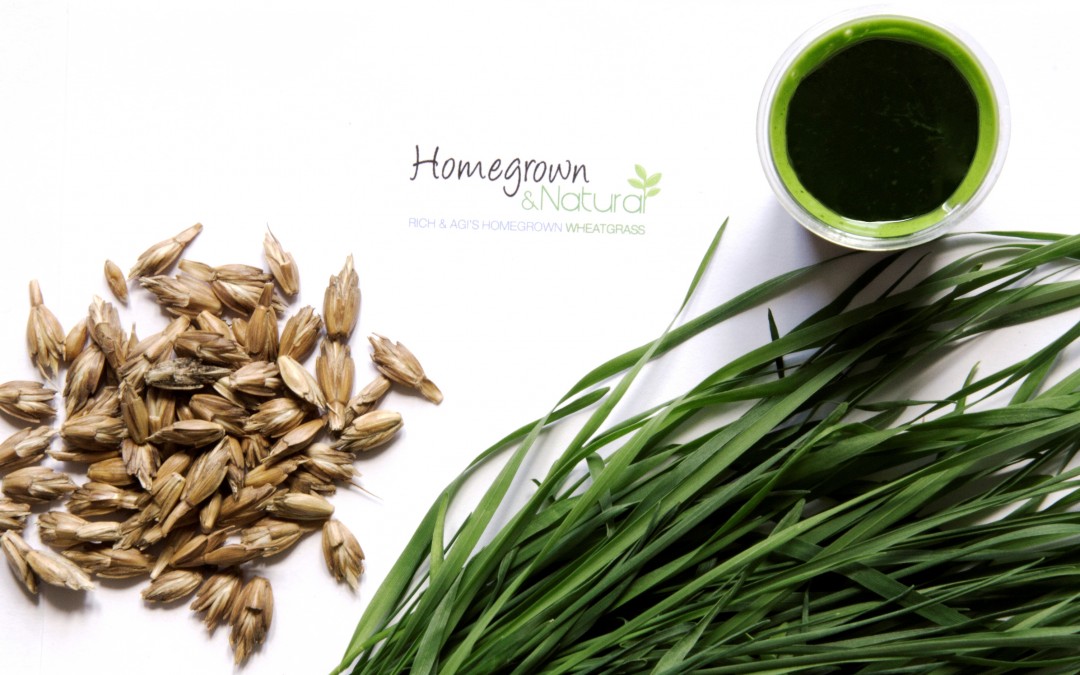Do you know the diffrences in-between spelt and wheat? Did you know that most people with gluten sensitivity react to spelt flour a lot better? How comes this grain had been forgotten?
I have written an article in this topic and published it earlier this year on Hub pages, you can read it by clicking on this link: HUB Article Spelt vs. Wheatgrass
In it you can find a little historical review, a video presented by a team of reserchers and some nutritional information as well that were conducted by Hungarians and Slovakians in collaboration of a scientific university project supported by the EU (Project number: HUSK/0901/1.2.1/0010) where it was determined that spelt grass is a lot more nutritous compared to wheatgrass. So if wheatgrass is good for you spelt grass is even better 🙂 Not to mention that is nicer (darker) green with more chlorophyll and a lot better taste.
Spelt is actually a kind of wheat, but in the English language that is not so obvious as in some others. For starters my own first language, Hungarian, where wheat is búza, spelt is tönköly búza. The latin name shows similar comparison where these are Triticum aestivum and Triticum spelta. Another example is the German language, where the wheat – Weizen will be repeated in the word for spelt : Spelzweizen. So until for some the relationship in-between these two grains is pretty obvious without any extra knowledge about them purely thanks to their languages, English people might not see that so clearly for the first sight, if they haven’t heard about spelt yet. Let us find out more, how many know about spelt in the UK by filling out the 1 minute questionnaire at the end of the article (HUB Article Spelt vs. Wheatgrass)

